What do you teach?
I teach Wind Ensemble, This is Your Brain on Music, and two beginning singing classes: Vocal Technique for 9th grade, and The Singer in You for 10th-12th grade.
What made you choose to work at GHAA?
I taught at the half-day Arts Academy from 2008-2016. I had applied for that job because the afternoon classes worked well with my grad school schedule, but then after I completed my master’s degree I stayed for another five years because I really loved the work I was doing. I eventually left to teach in a college musical theater program for a while, but when I decided it was time to return to public school teaching I was thrilled that there happened to be a music position open at the full day program. I knew that this was a place where I’d get to be creative and teach outside the traditional band/chorus/orchestra “box,” and where I would have an opportunity to realize what I believe is my mission as a teacher: not just to teach kids music, but to use music to teach kids the kinds of lifelong lessons that will help them be successful in whatever they choose to do after high school.
Most artist instructors have other projects outside of school; can you tell us something that you’ve worked on recently, or your favorite?
Aside from the shows I’ve written, I’m most proud of a production of the musical Bandstand that I did in the summer of 2023. It was the most challenging, complex show I’ve ever worked on. Six actor-musicians playing on stage along with me leading a 9-piece band backstage and conducting through a video feed; an ensemble of dancers moving a giant turntable set while singing in six-part harmony.
I had to call upon every skill I’ve developed as a musician and teacher: practicing the killer piano part for months before we started rehearsals; painstakingly going through every note of the band parts to reduce 13 parts down to 9 so we could fit in the small backstage space; researching 1940s jazz singing so that we could make the vocals sound authentic to the time period; then working to make the actors feel supported as I pushed them to get every note and rhythm just right so that we could better serve the story. There were times during the process when I really didn’t know if we would be able to pull it off, but it ended up being one of the most critically acclaimed productions that theater had ever done. One of the actors, who had done the show at several theaters around the country before this one, told me how special he thought our production was, and how I had pushed him to want to be the best he could be, and I was really proud of that.
Can you tell us about the Burrow? What inspired you? Were any characters inspired by GHAA students?
I had this idea in my head for a long time that I wanted to write some sort of dystopian musical with a strong female lead. I thought for a while that it was going to be steampunk, but then I remembered that I know exactly zero about steampunk, and it seems like the people who do know steampunk are very particular about how it should be done, so I decided to go in a different direction. I had this vision of a group of kids underground struggling with some really serious dangers, but I didn’t really know what to do with that, so I just let it marinate in my head for a few years.
Then after I wrote a musical about happiness (see: The Happiness Project, available on YouTube for your viewing pleasure), I started thinking that it would be interesting to write a show about right and wrong, and how we decide what the right thing to do is when no one is there to tell us. There’s a lot of language about “goodness” in the show, and each of the characters ends up having to decide for themselves what that means. I set up a challenge for myself in that I wanted to write a story that doesn’t have a “bad guy.” Everyone is just doing the best they can with the information that they have.
While there’s no character that’s based on a specific student, I was inspired by our GHAA community to write most of the roles as gender neutral, so that anyone could play them. I also challenged myself to write music that would all be playable by high school musicians (shout out to Ms. Tina and our student pit musicians!) In general, when I’m writing material for my students to perform, I always want it to be something they will enjoy doing, something that will challenge them, and something that I hope will teach them something.
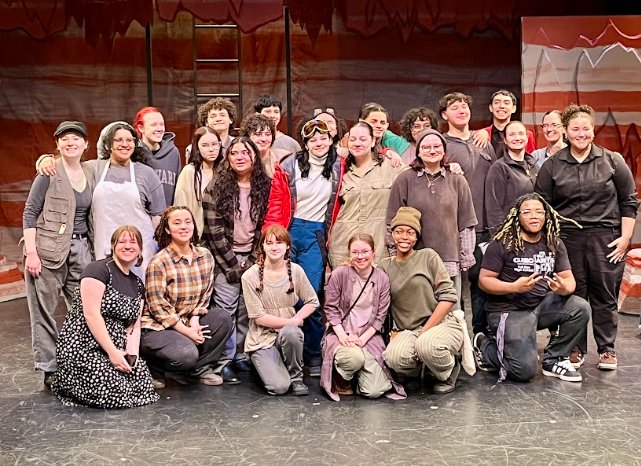
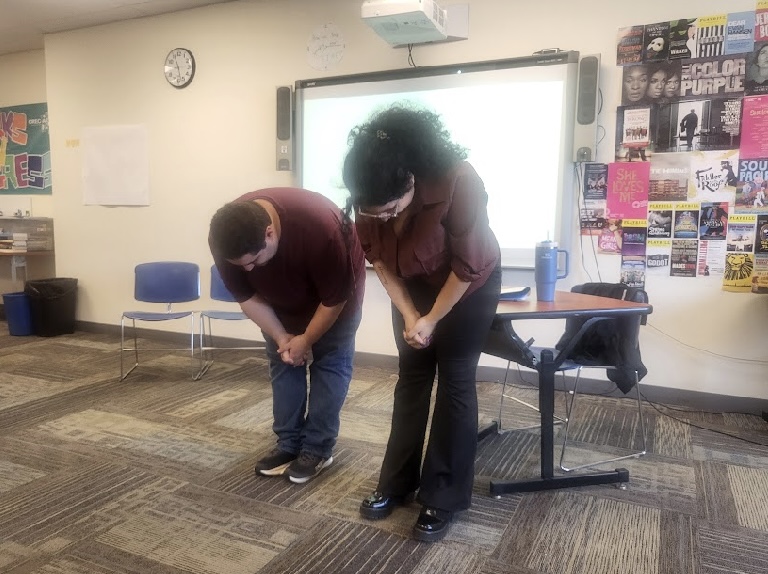

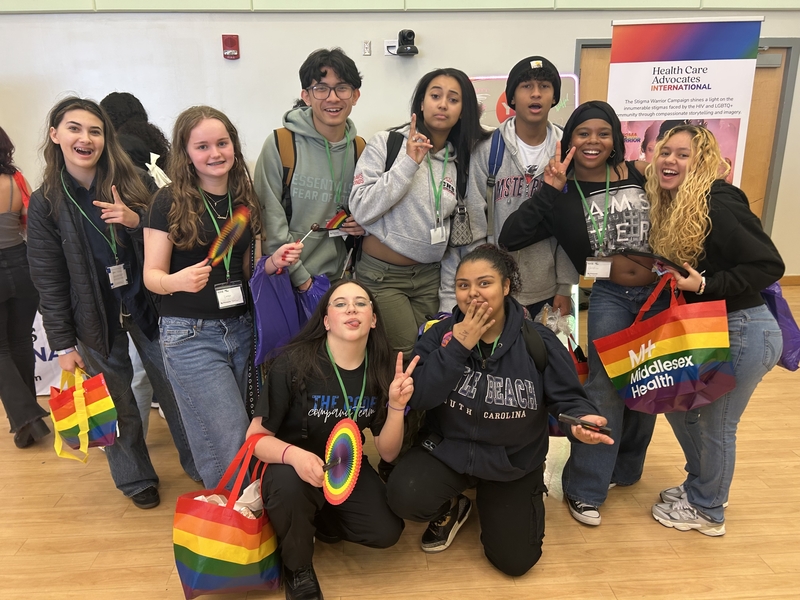

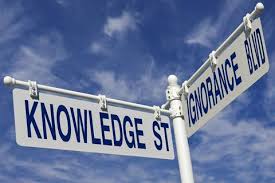
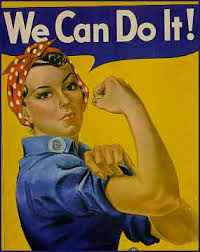


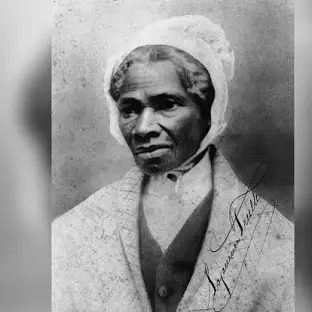

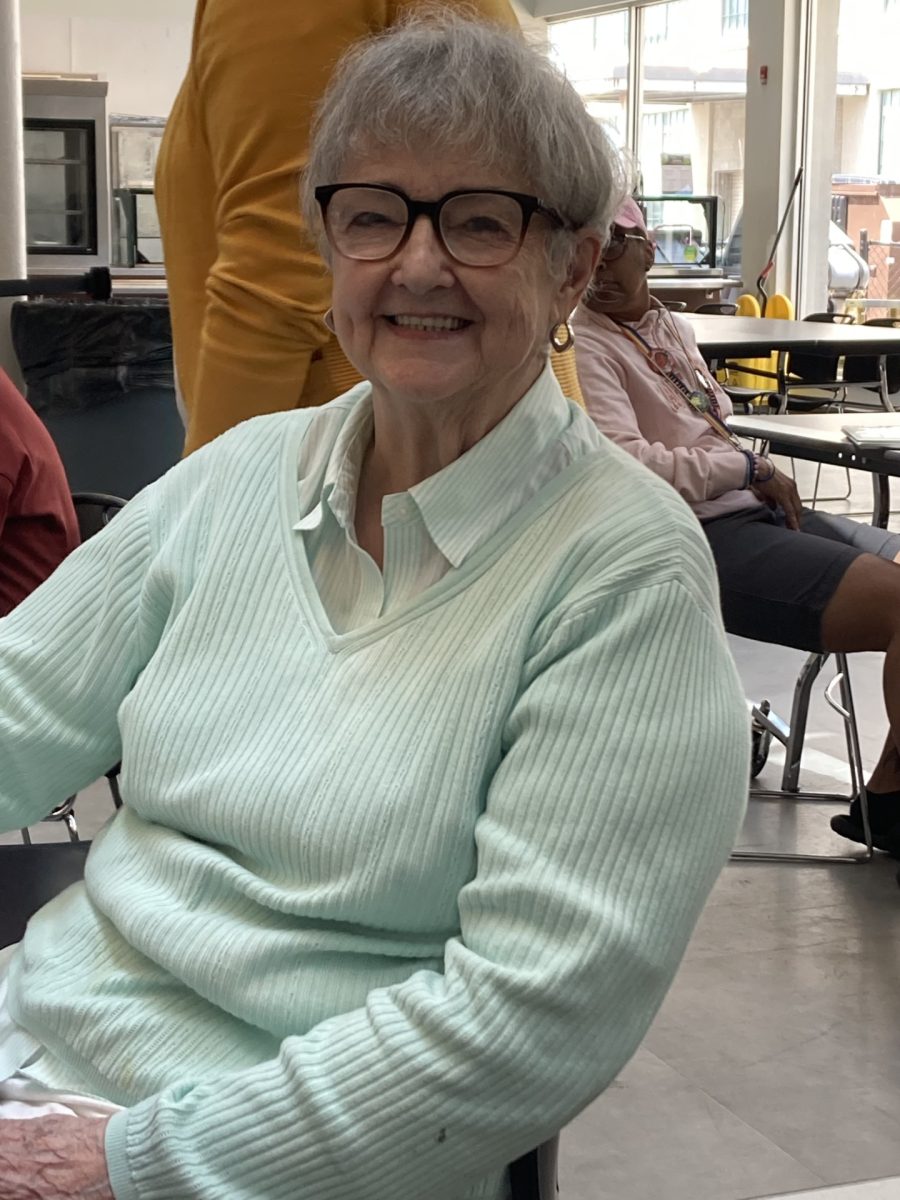

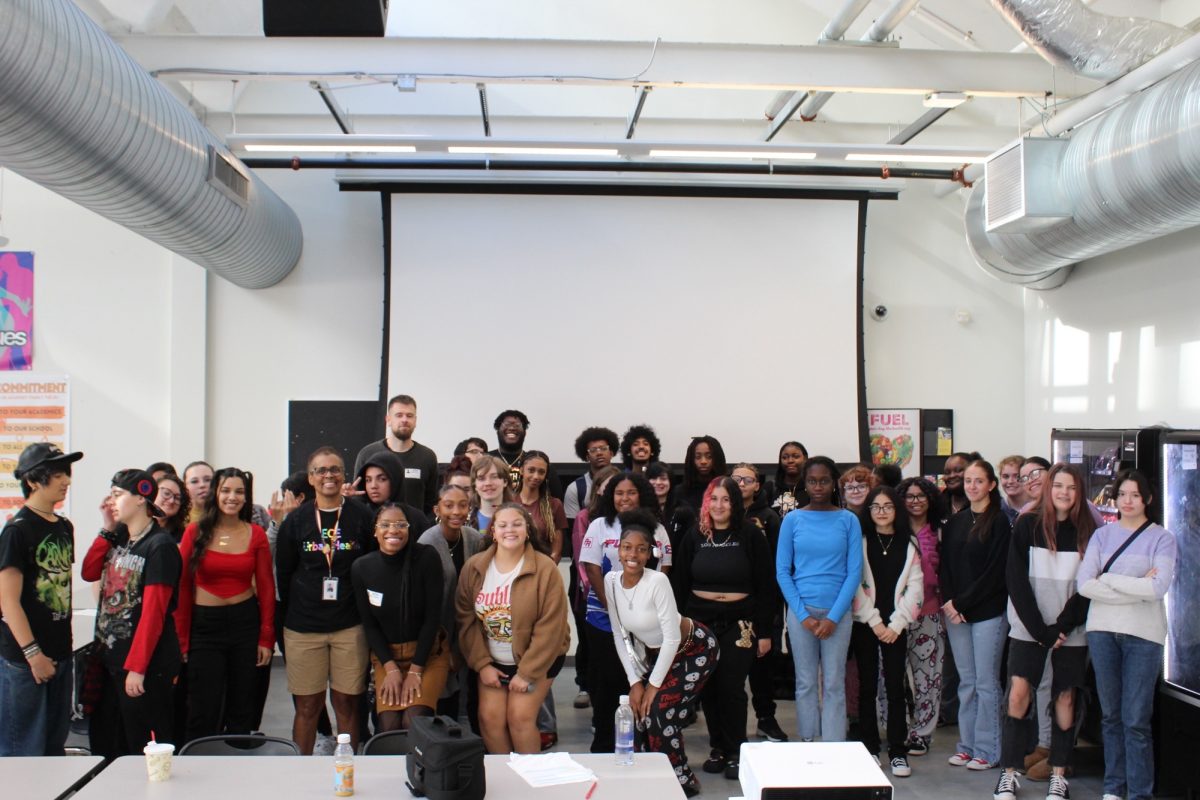
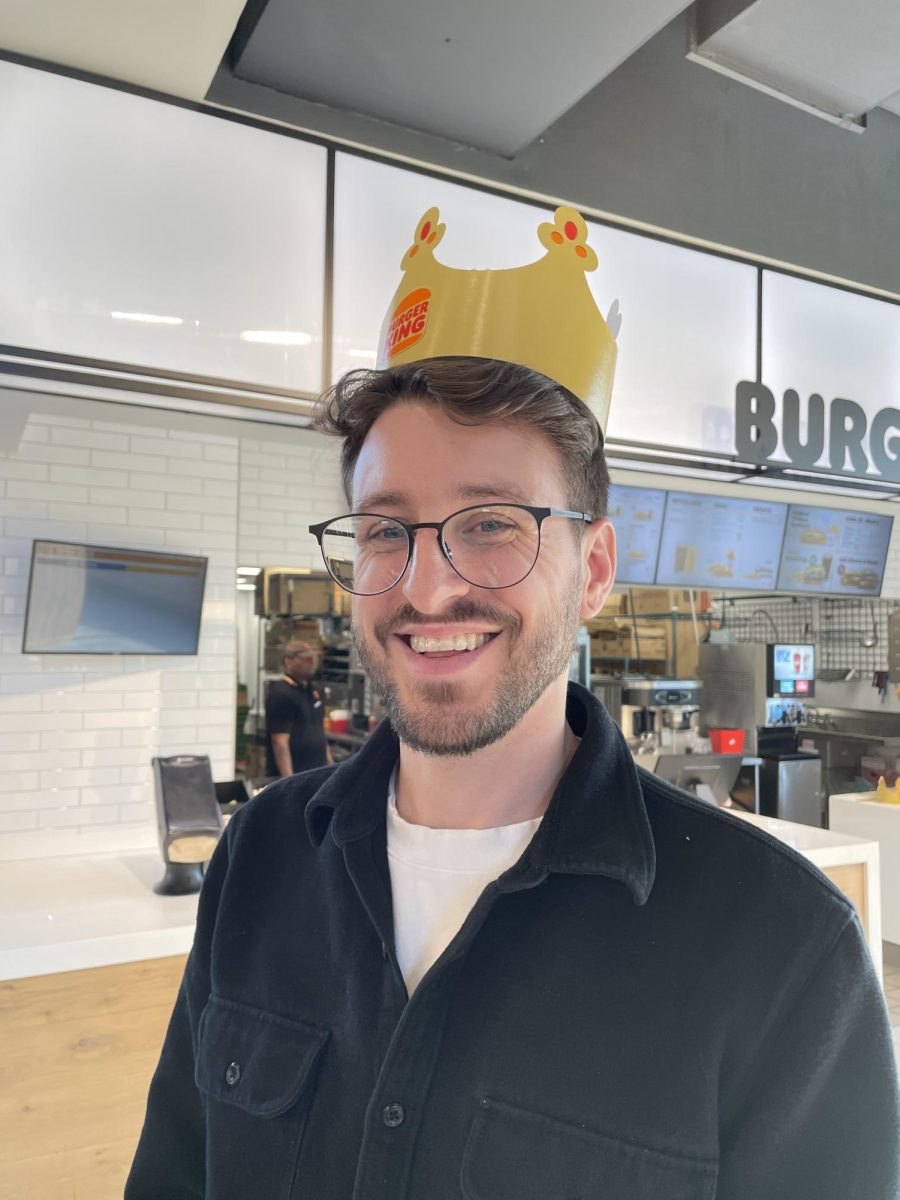
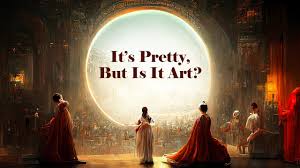



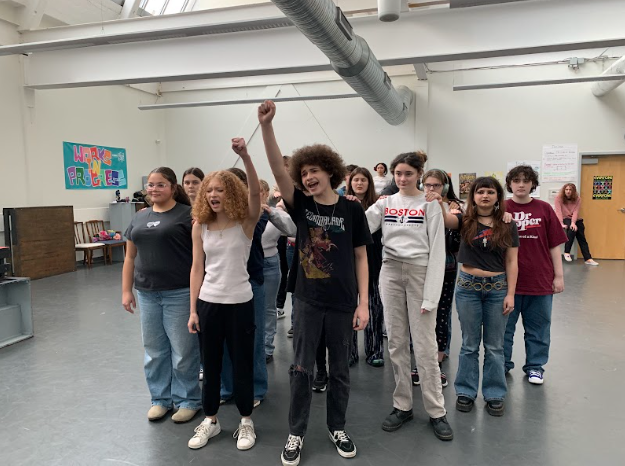
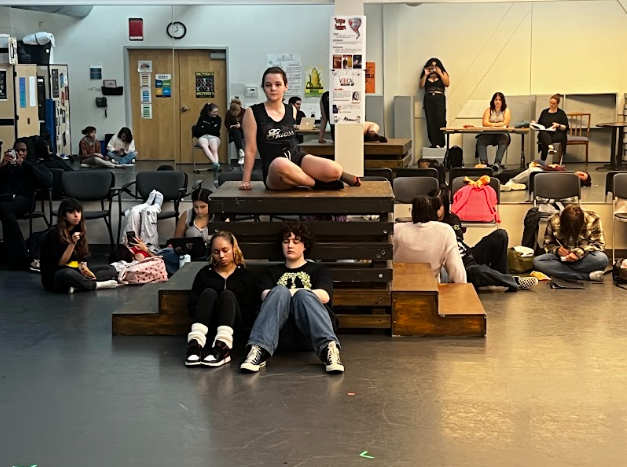
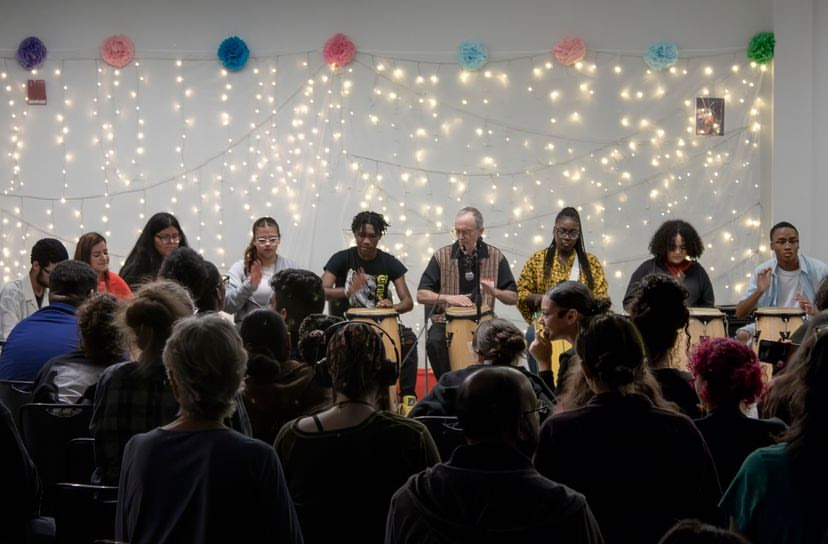
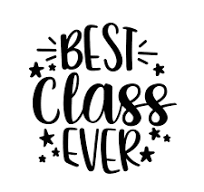
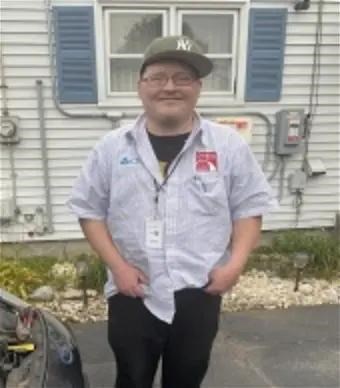
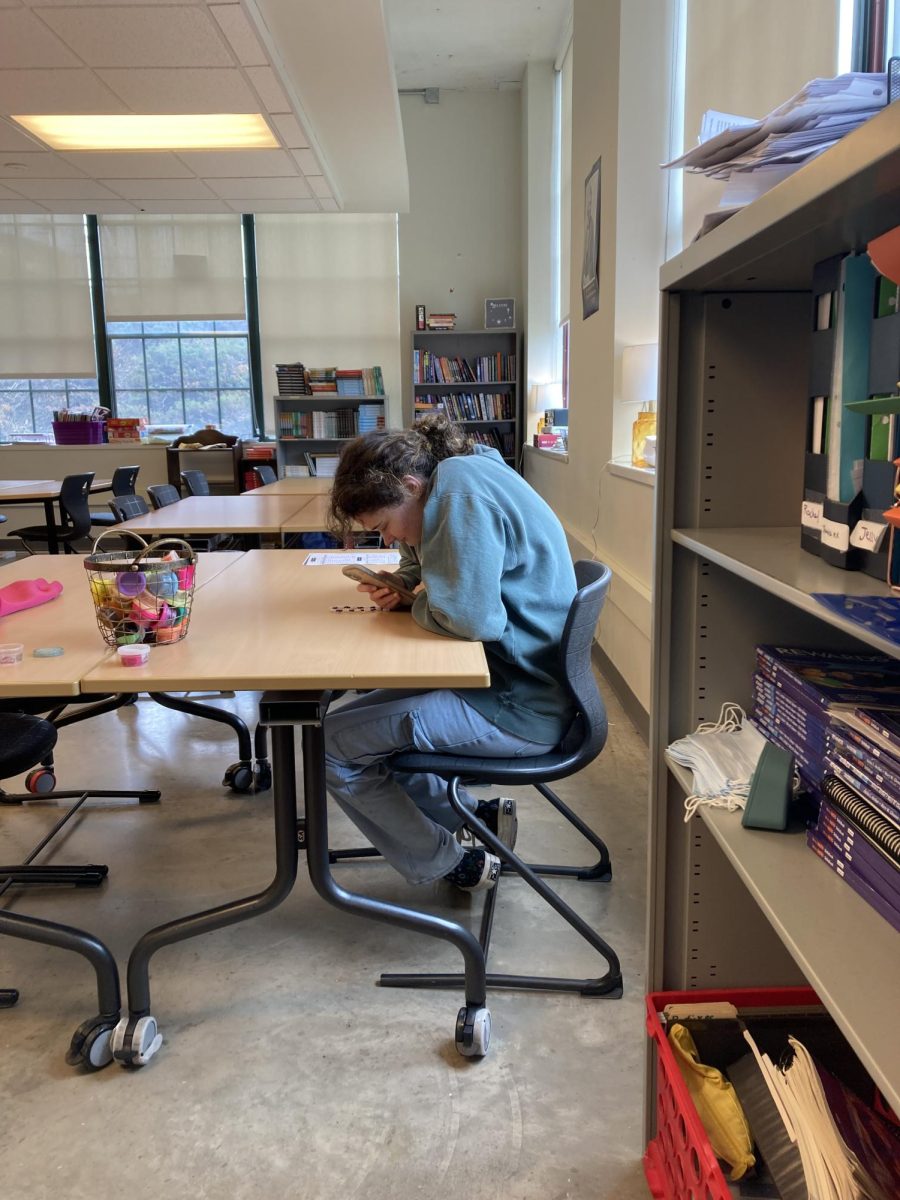
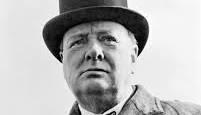
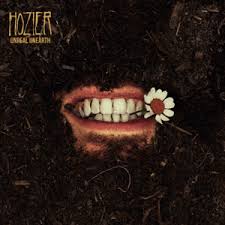
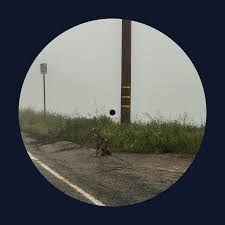
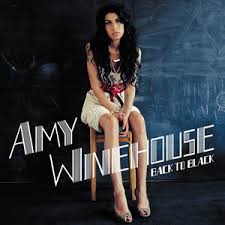
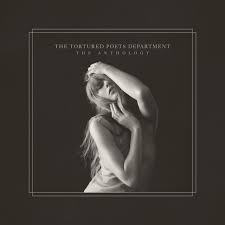
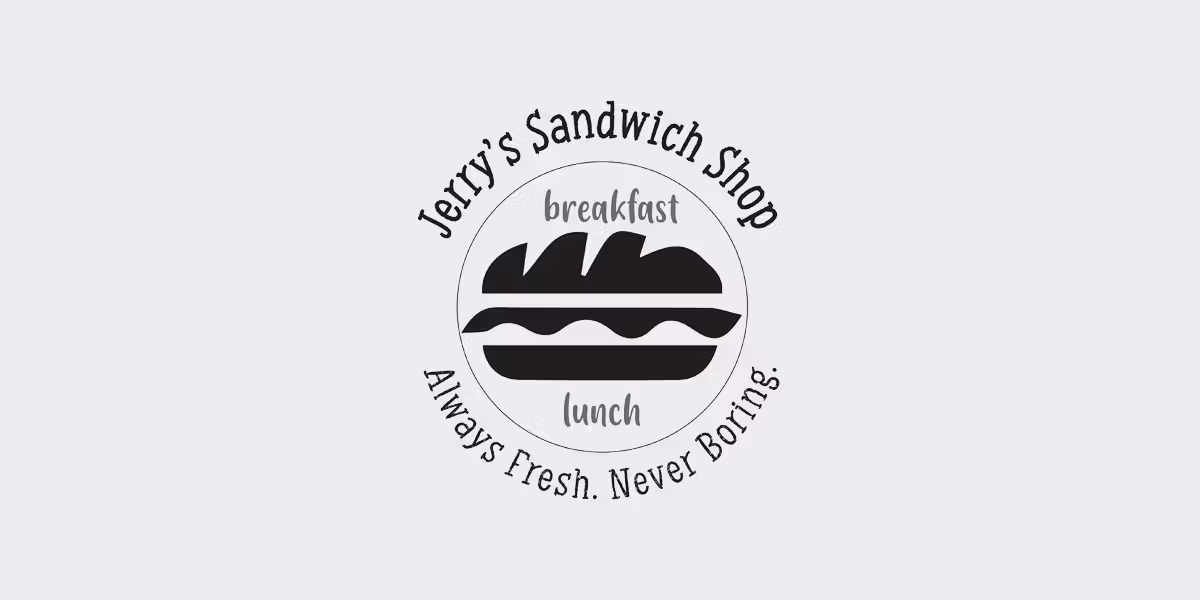
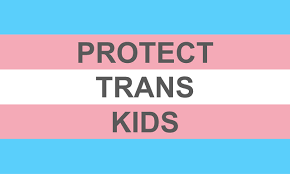
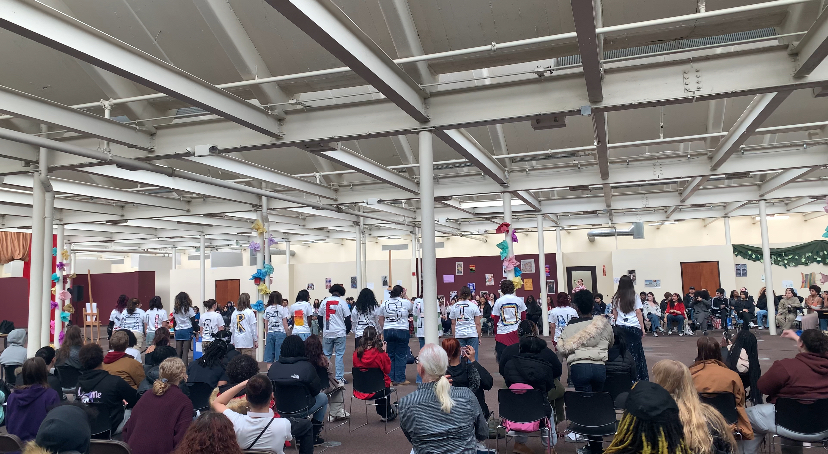

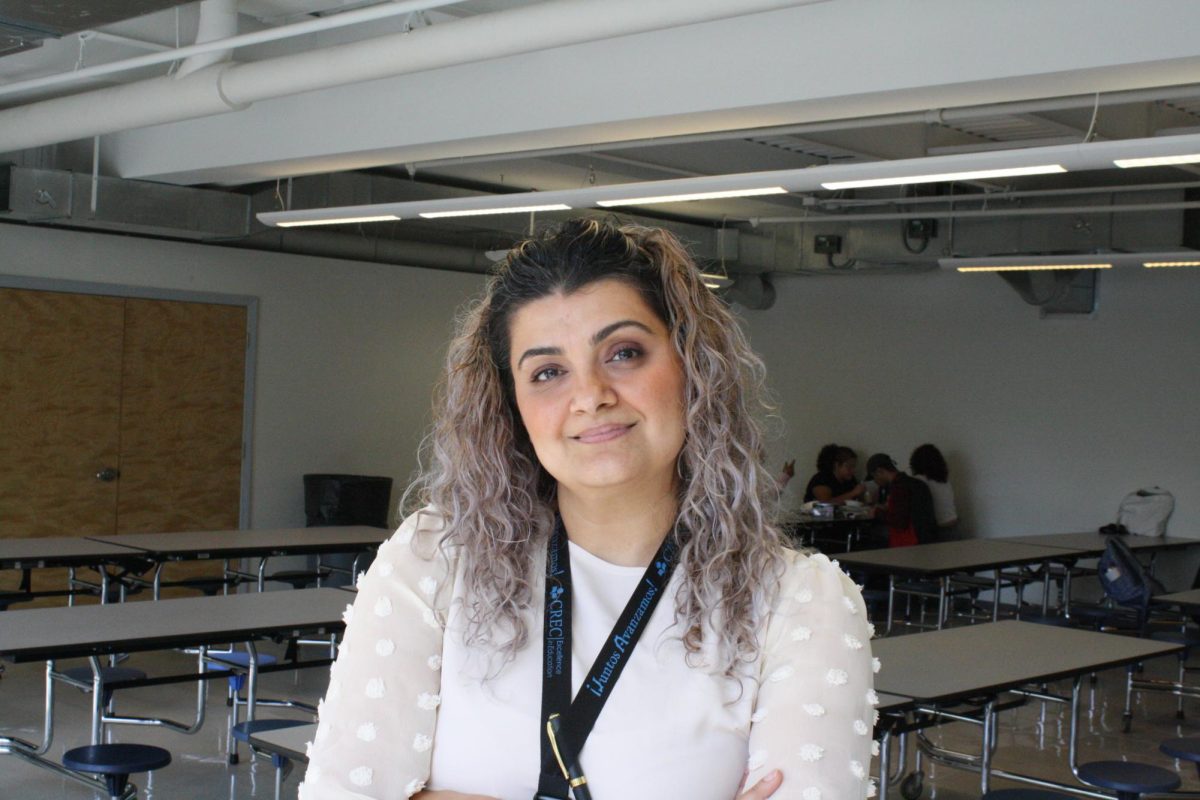
Caine Schlenker
Mar 28, 2025 at 11:03 am
This is a great article!! I can’t wait for the play!
adviser
Apr 10, 2025 at 12:26 pm
Thank you! We appreciate your readership, and we also cannot wait!